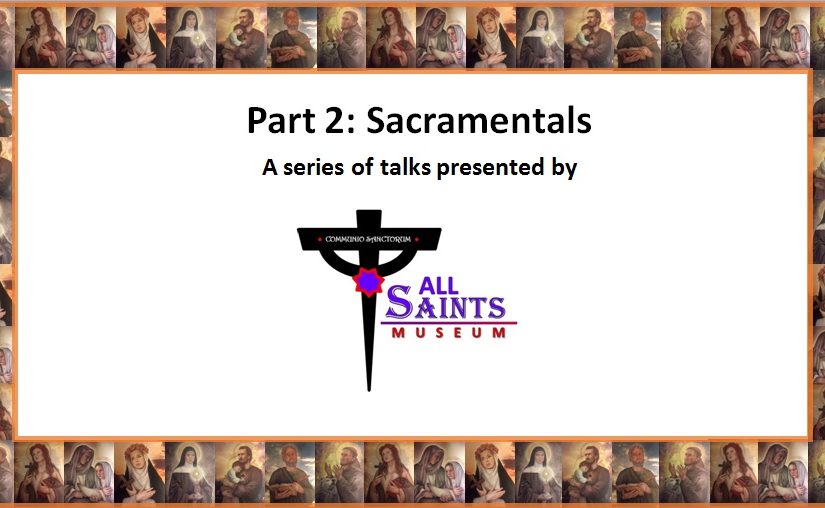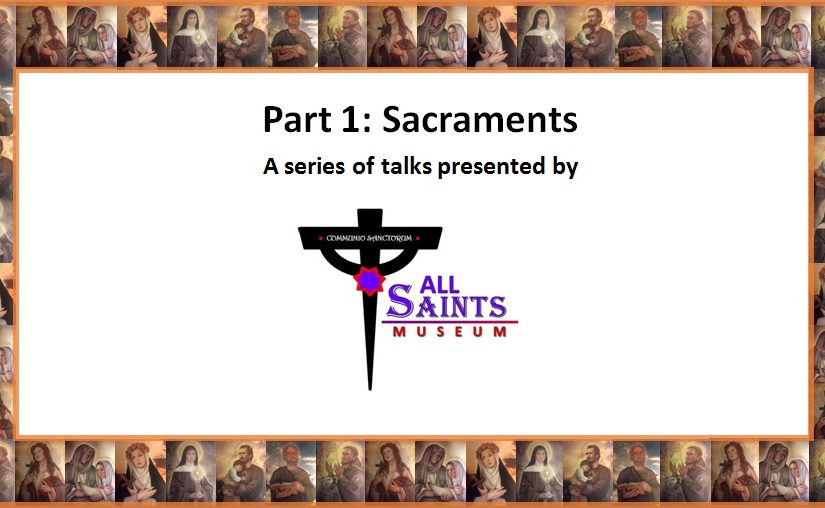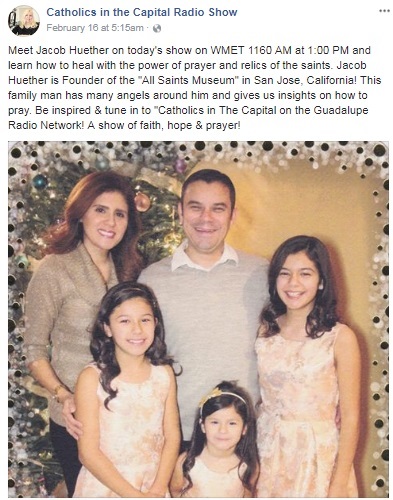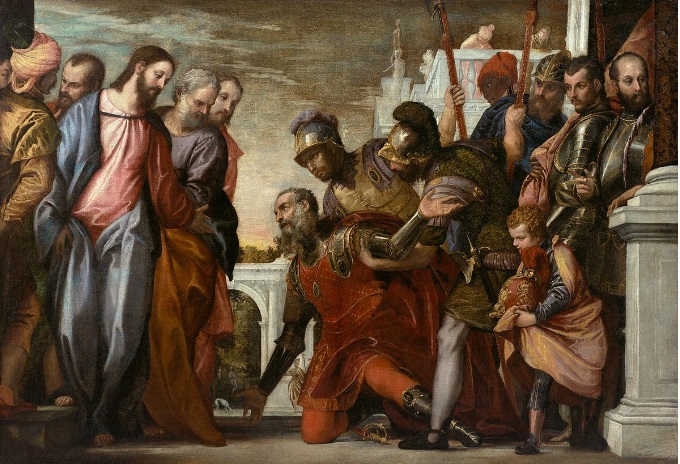
Where to even begin? This is a dream. And like dreams, I’ll just lay it all out here without any order, unsure of the beginning, and even less sure of the end.
If you’ve ever seen Hotel Transylvania, it’s a cute family film about Count Dracula building a hotel for monsters, so they can be themselves without fear of humans – very top level summary… ha! This is my dream for All Saints Museum. A place where people can enjoy their faith without fear. It just so happens that I also really love the hotel that Dracula builds – a castle, with trap doors, hallways, secret rooms. I’d make All Saints Museum the same – a place where people can wander around and get lost – and yet actually want to get lost! I’d model it after St. Michael Castle (St. Michaels Mount – in Mount’s Bay, Cornwall England). I really want it to be in the Bay Area, because I do believe that California, with such a rich Catholic past, needs to be brought back to the faith – I’m thinking Santa Cruz would be ideal (Santa Cruz meaning Holy Cross – after all, it was St. John of the Cross who I wanted to honor originally).
I want this Museum to include four (4) integrated yet unique “parts” for lack of a better word. I want it to be a theme-park, hotel, basilica, and conference center – collectively All Saints Museum (of course the church would be distinct).
The theme park (more properly the museum) will be dedicated to St. John of the Cross (since he recognized the importance of ordering our senses toward God). It will be an interactive park (mainly indoors) and include combination of rides, displays, shows, and presentations. While it may include pictures and art, I want it to be virtually indestructible – so that kids of all ages can enjoy the displays, etc.
Rides:
Imagine flying with Saint Joseph of Cupertino on a sky-line across the top of the museum to have a view from above. Taking a relic-coaster tour of the Catacombs, or around the Museum – like the Disneyland train that goes around the park, dropping off guests at different areas. There could be a St. Pio “bilocation” ride. Gladiator ride on chariots around an arena. A boat ride of course – after Noah or Jonah, or with the Apostles when Jesus was walking on the water. An ascension ride. There are so many great ideas around the Saints that lend themselves to rides and entertainment.
Displays:
Walk with Adam and Eve through the Garden of Eden. Or come face to face with Daniel in the Lion’s Den. Walk the Villa Dolorosa while saying the sorrowful mysteries of the Rosary. This can be done by an actual physical sets and props, or using Virtual Reality (VR), which is the wave of the future. I do want to have all the Saints life-size in a wax museum – or throughout the park. There would be displays of the Saints in their most famous moments – perhaps an exhibit with St. Stephen on knees about to be stoned with caption on the bottom – last words “Lord, do not hold this sin against them.” Or St. Catherine of Siena advising Pope Gregory XI. St. Joan of Arc. The Annunciation. Have fun in the St. Teresa of Avila’s “Interior Castle” escape room, where guests have to answer trivia about saints to unlock the clues and doors. Again, there are so many things that could be done.
Presentations:
Experiencing an IMAX theater view of the Creation account in Genesis. Planetarium for viewing and researching the solar system. Learn about the lives of the Saints with holographic images of the Saints (like in Jurassic World). Catholic movie presentations for seasons (like the Passion of the Christ on Holy Week, etc.).
There are many ways the Museum could be organized – by type of Saint (Married, Widowed, religious, Virgins, Martyrs, etc.). Could also have one side of museum be the Old Testament and the other side the New Testament.
The Hotel would be dedicated to St. Martha (although maybe St. Andre Bessette since he was the humble door keeper). It would be themed so that rooms are dedicated to Saints and include time-period appropriate décor, etc. St. Philomena Room, St. Dymphna Room, St. Gerard Majella Room.. etc. The Saint name instead of room numbers ?
The Basilica would be dedicated to St. Gemma and St. Francis. I’d model the church after St. Dominic’s Church in San Francisco (highly recommend visiting if you’re in the area). I want it to have various niches with altars for different Saints. Would love to have Relics displayed throughout for veneration and devotion. Mass on Sundays of course with a bell tower to let visitors know when Mass is going on. – Park would shut down Sunday during Mass to make sure all guests do not miss their Sunday obligation. This is a MUST!
Conference Center dedicated to St. Francis de Sales or St. Thomas Aquinas – one of the Drs of the Church – since it will be state of the art and devoted to studying, research, and exploring the faith, etc. This Conference Center will include a retreat house, a library, a lecture hall / auditorium for speakers and shows, and perhaps work with Rome to have “US” divisions of the Pontifical Academy of Sciences, the Vatican Museum, and other Pontifical Committees so that research and partnering can be easier for those not able to travel to Rome
I want an enclosed parking structure that is seamlessly integrated to the Castel. Parking, therefore, would be part of the experience of visiting the Museum. Would have levels similar to Dante’s levels, where the base level would be themed like hell, up to the very top level that would be themed as heaven, and all the various levels – there would be a spiral turn up the middle for traffic to enter and exit, and the center spiral would have giant statues of Angels ascending and descending. Outside walls would have stained glass so that from the outside you wouldn’t know it was a parking structure, and from the inside you would have the beauty of the light coming through.
The Road Ahead:
I’m a family man, with a beautiful wife of 20 years and three (3) lovely daughters. I’m devoted to my family, and I do have a day-job that I’m quite loyal to as well. Therefore, as much as I really want to just dive into this Museum project, it does actually scare me a bit. I want to make this happen, but I don’t quite have the support I need to really make a go at it yet. I know God wants me to manage my domestic church first. And so until I know what God really wants the next step to be, I’m at least casting this net out.
Our core goal and motto is – Venerating Saints of the Past, Inspiring Saints of the Future. No matter where I’m at in this project, this is what I hope to do. Day by day, brick by brick, I pray that one day this dream Museum will become a reality.
Dario Sattui built his dream castle – he used real authentic Italian stone (like 1300 century building materials). I would like to do the same. I want All Saints Museum to be built with noble materials, and as much as possible not simply pre-fabricated and raised up quick. I think an awesome fundraiser would be to sell the building blocks for the Museum, literally. And each stone / block would have the donors info on it – kind of like the central walk-way of Disneyland that has pavers with names on it. The structure of All Saints Museum would be a monument to those who contributed to building it.
If you want to reach out with any words of encouragement, any prayers (or prayer intentions I can pray for), any thoughts or ideas you’d like to share – please reach me at [email protected].
I’ve put out a few books, and sales go toward All Saints Museum – as well as future book projects. You can check out the Dear Saints book collection on Amazon (Dear Saints: Lenten Edition, Dear Saints: Christmas Edition, Dear Saints: Catechesis on Saints, and I’m currently writing Dear Saints: Catechesis on Sacraments to be released next year).
Financial or other contributions are tax-deductible. All Saints Museum is a 501(c)(3) charitable organization. Funds will go toward our mission, and ultimately to fulfilling this dream.
Either way, please reach out, we need each other as fellow workers in God’s Vineyard.
Thank you so much, and God bless!










